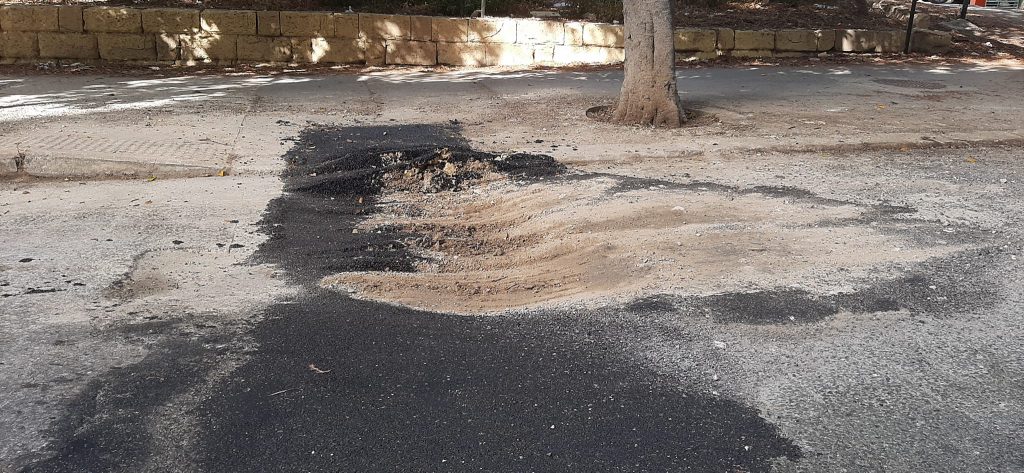A never-ending story of delays and discontent

Malta’s seemingly endless roadworks saga has only got worse, despite the countless pledges by various governments to improve the situation. Deadlines, which are supposed to be realistic targets to strive for, have become little more than arbitrary dates to be ignored. The result? Prolonged closures, poor workmanship, and a growing sense of frustration among the public.
In the northern part of the island, the situation has become desperate with various projects being carried out concurrently, with seemingly no consideration of the bigger picture.
Mizieb Road has been a glaring example of the inefficiencies plaguing Malta’s infrastructure projects. Closed for a year with no clear indication of when it will be reopened, it stands as a testament to the lack of accountability and transparency. Residents and commuters are left in the dark, their daily routines disrupted with no end in sight.
Similarly, Ghajn Tuffieha Road has been closed for months, compounding the traffic woes in the area. The prolonged closure of such a vital route has not only inconvenienced locals but also affected tourism, a critical component of the Maltese economy. The beautiful beaches and natural reserves, once easily accessible, are now marooned by a maze of detours and traffic jams.
Perhaps one of the most questionable decisions in recent times has been the narrowing of the Ghadira road to a single lane. This ill-conceived plan has resulted in weekend gridlock during the summer months, as traffic from Gozo and Armier converges into a bottleneck. The frustration is palpable among motorists who find themselves trapped in long queues, their weekend plans dashed by poor planning.
Poor workmanship and haphazard planning
Looking at the bigger picture, the quality of work on these road projects leaves much to be desired. Instances of bad workmanship and haphazard execution are far too common, leading to further delays and additional costs. Roads that are newly constructed or repaired often show signs of wear and tear within months, necessitating further closures and repairs. This cycle of inefficiency is both costly and disruptive.
Broken promises and rising costs
Despite repeated pledges from authorities that improvements would be made, the situation has only deteriorated. Timeframes have grown longer, traffic congestion has increased, and the overall cost to taxpayers has soared. Each new project seems to follow the same pattern: initial optimism, followed by delay if not poor execution, and ultimately, a public left wondering when the cycle will end.
The roadworks saga in Malta has become a case of going round in circles. The promises of efficiency and improved infrastructure ring hollow as deadlines come and go without progress. The public’s patience is wearing thin, and the economic impact of these prolonged disruptions is becoming more pronounced.
